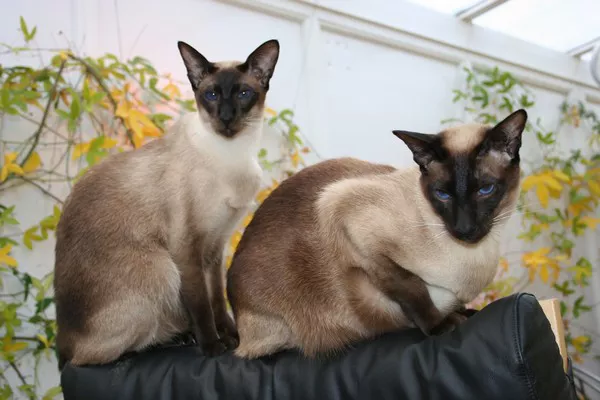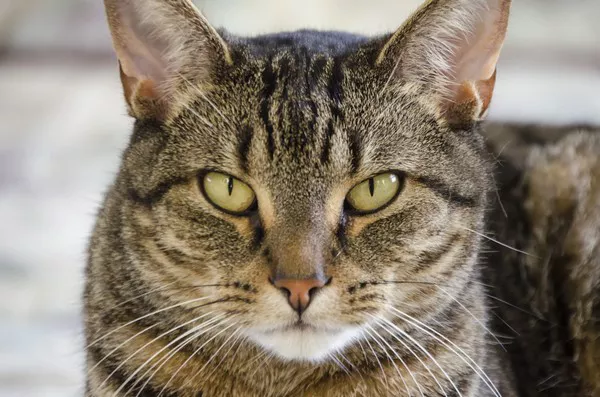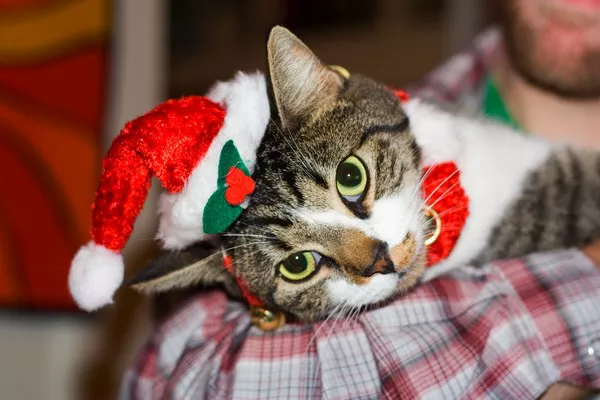As a cat reaches the age of one year, it transitions from being a playful and rapidly growing kitten to a more mature adult. This transition is marked by changes in metabolism, energy requirements, and nutritional needs. Proper nutrition is essential to maintain a cat’s health and prevent obesity or malnutrition, both of which can lead to serious health problems. In this article, we’ll explore how much a 1-year-old cat should eat, what types of food are suitable, and how to create a balanced and healthy feeding routine.
A significant aspect of responsible pet ownership is understanding the importance of proper feeding and ensuring that your cat receives the appropriate nutrients for its age and activity level. Cat feeding is not a one-size-fits-all matter. It varies greatly depending on the breed, health, activity level, and any underlying conditions. At the age of one, your cat is no longer a kitten but is still considered in the early stages of adulthood. Therefore, the way you feed it needs to evolve.
The Importance of Proper Nutrition for a One-Year-Old Cat
Proper nutrition is one of the cornerstones of good health, and this is no different for cats. A one-year-old cat is not only continuing to grow but also beginning to develop into its adult form. By the time a cat reaches this age, its metabolism and energy needs are different from when it was a kitten, and its nutritional requirements have shifted as well. The right food will support muscle and bone development, enhance immune function, and maintain healthy skin and a shiny coat.
A healthy diet is also essential for preventing common health issues that could arise in adulthood, such as obesity, diabetes, and kidney problems. Proper cat feeding practices help build a strong foundation for a long, healthy life. For this reason, it’s essential to choose the right cat food and provide the appropriate portion sizes to meet your cat’s individual needs.
The Transition from Kitten Food to Adult Cat Food
When you first adopt a kitten, the focus is on high-calorie, nutrient-dense food to support its rapid growth and development. Kitten food typically has more protein and fat to help fuel the fast-paced metabolic processes that are common in younger cats. However, by the time a cat reaches one year of age, it no longer requires the same level of calories and fat as it did during its kitten stage.
The transition from kitten food to adult food should occur gradually over a period of 7 to 10 days to avoid gastrointestinal upset. Begin by mixing a small amount of adult food with the kitten food and gradually increase the proportion of adult food while decreasing the kitten food. Adult cat food is designed to maintain the health of a fully grown cat, providing appropriate levels of protein, fat, fiber, and other essential nutrients.
Daily Caloric Needs
Understanding your one-year-old cat’s caloric needs is crucial for ensuring that it remains at a healthy weight and receives the correct amount of energy. The daily caloric intake of a cat depends on several factors, including its weight, activity level, and overall health.
For a one-year-old cat that weighs around 10 pounds (4.5 kg), the daily caloric intake should generally be between 200 and 250 calories. This can be adjusted depending on whether the cat is more active or sedentary. Active cats may need up to 300 calories or more per day, while less active cats may require fewer calories to prevent weight gain. Cats with underlying health conditions, such as hyperthyroidism or diabetes, may require special dietary adjustments, so always consult with a veterinarian.
To calculate the exact caloric needs for your cat, consider factors like its weight and energy levels. A typical healthy weight for an adult cat is around 8-10 pounds (3.6-4.5 kg), but this can vary by breed. A simple way to assess whether your cat is at a healthy weight is to gently feel the ribs and observe its overall body shape. If you can’t feel the ribs easily or your cat has a large, sagging belly, it may be overweight.
How Much Should a 1-Year-Old Cat Eat
Once you have a general understanding of your cat’s caloric needs, it’s important to determine the appropriate portion sizes. These will vary depending on the type of food you are offering—dry food, wet food, or a combination of both.
Dry Food (Kibble): Dry food is convenient, has a long shelf life, and can help with dental health by reducing tartar buildup. However, it is typically more calorie-dense than wet food, so it’s important to measure portions carefully to avoid overfeeding. On average, a 10-pound cat may require about 1/4 to 1/3 cup of dry food per day. This can vary depending on the specific brand and formula, so always check the feeding guidelines on the package.
Wet Food (Canned Food): Wet food is an excellent choice for providing moisture, which is crucial for cats who don’t drink enough water on their own. It is also typically less calorie-dense than dry food. A 10-pound cat might require about 3/4 to 1 can of wet food per day, depending on the size and calorie content of the food. Wet food can be a good choice if your cat is prone to urinary tract issues, as it helps maintain hydration.
Combination Feeding: Many cat owners opt to feed a combination of both dry and wet food, which provides the benefits of both types of food. If you choose to combine both, you will need to adjust the portion sizes accordingly to ensure that your cat is not overfed. A common combination might be 1/4 cup of dry food along with 1/2 can of wet food.
Types of Food
There are three main categories of cat food: dry food, wet food, and raw or freeze-dried food. Each has its pros and cons, and the right choice will depend on your cat’s preferences, health, and lifestyle.
Dry Food: Dry food is the most common and affordable type of cat food. It’s easy to store, convenient to serve, and can help keep your cat’s teeth clean. However, dry food lacks the moisture content found in wet food, which can lead to urinary tract problems if your cat doesn’t drink enough water. Additionally, some cats may be prone to obesity if they eat too much dry food, as it is more calorie-dense than wet food.
Wet Food: Wet food is more palatable for most cats and provides necessary hydration. It can be beneficial for cats with urinary tract issues or kidney disease, as it helps maintain proper hydration. Wet food also tends to be lower in carbohydrates and higher in protein. However, it is more expensive and must be refrigerated once opened, which can be less convenient than dry food.
Balanced Diet: It is crucial to ensure that whatever type of food you choose, it should be nutritionally balanced. This means the food should contain a combination of protein (from meat sources), fats, vitamins, minerals, and fiber. Protein is especially important for cats as obligate carnivores, meaning they require animal-based proteins to thrive. Avoid feeding your cat a diet solely based on carbohydrates or plant-based proteins.
Feeding Schedule
Establishing a regular feeding schedule is essential for maintaining your cat’s health. For a one-year-old cat, feeding two to three meals a day is typically sufficient. Some cats may prefer having access to food all day (free feeding), but portion control is essential to avoid overeating. Free feeding is often recommended only for dry food, as wet food can spoil if left out too long.
Tips for establishing a feeding routine include:
Stick to a schedule: Try to feed your cat at the same time every day to regulate its metabolism.
Measure portions: Always measure out the food to prevent overfeeding or underfeeding.
Avoid table scraps: Human food is not suitable for cats and can lead to nutritional imbalances or obesity.
Monitoring and Adjusting Feeding
As your cat grows and ages, it’s important to monitor its weight regularly and adjust its food intake accordingly. Weight fluctuations can indicate that your cat is overfed or underfed, and prompt changes may be needed.
Signs of overfeeding include:
- Rapid weight gain
- Difficulty feeling the ribs
- Lethargy and reduced activity levels
Signs of underfeeding include:
- Weight loss
- Visible ribs and spine
- Increased hunger or irritability
If you notice any of these signs, it’s important to adjust portion sizes or consult with a veterinarian to ensure that your cat is getting the right amount of food.
Conclusion
Feeding your one-year-old cat the right amount of food is essential for its overall health and well-being. By understanding its caloric needs, portion sizes, and the types of food that are best for your cat, you can help ensure that it lives a long, healthy life. Regular monitoring, adjusting portions as needed, and consulting with a veterinarian for tailored advice will provide the best results. A balanced, nutritious diet is the foundation of a happy and healthy cat.
Related Topics



























